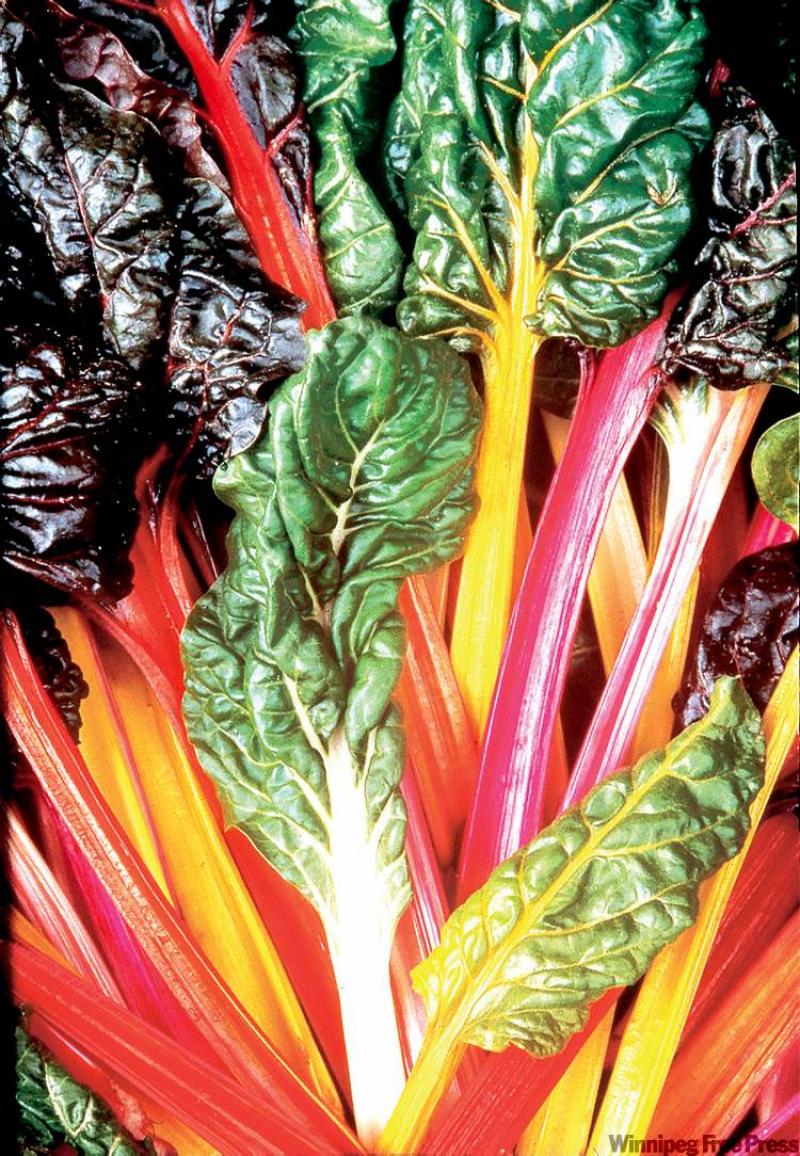
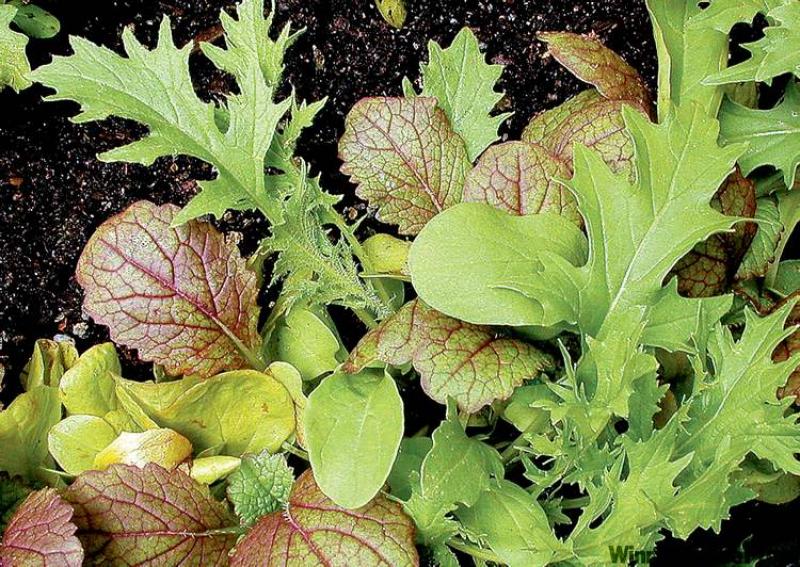
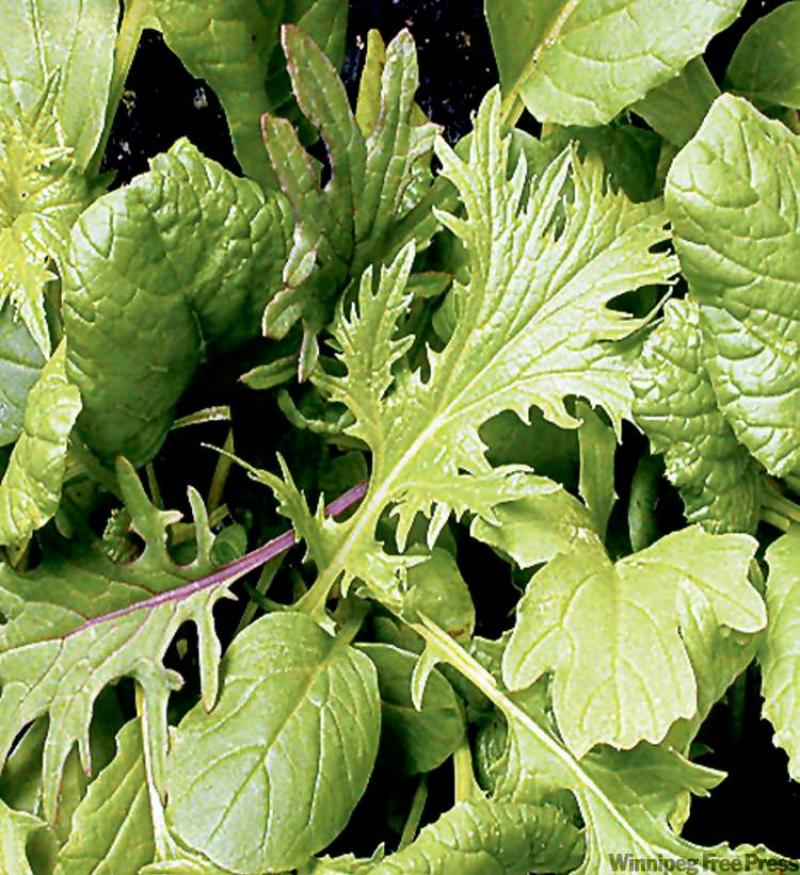
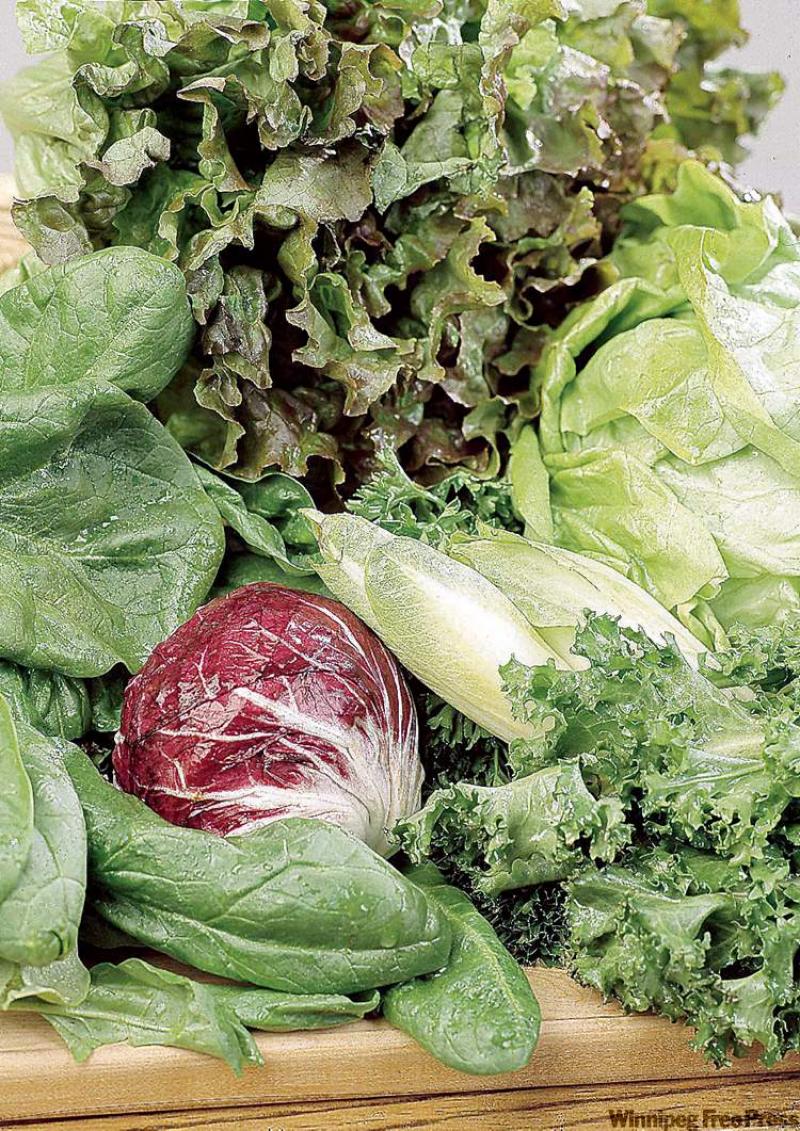
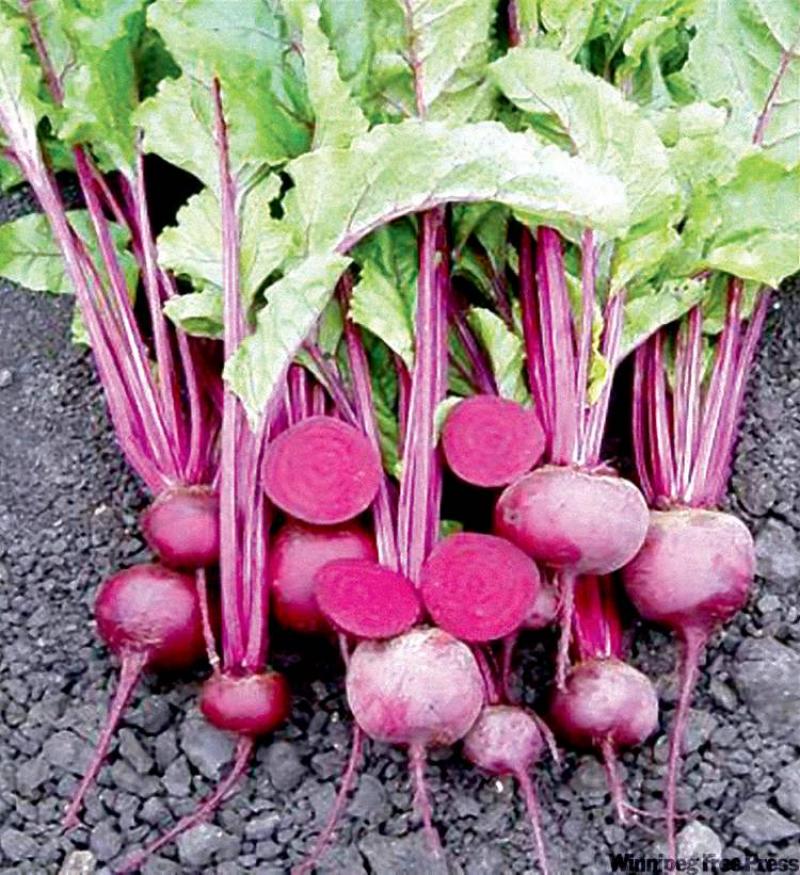
This year, take advantage of the ease and simplicity of growing your own salad greens. It's easy and affordable and you'll love the enhanced flavour your salads will have using freshly grown greens.
Not only will your taste buds love the experience, but one of the benefits of "growing your own" is you'll know what has been done to the plants -- meaning, no chemicals!
As well, many salad crops are described as 'cut and come again' which means you just snip off leaves when you need them and leave the rest of the plant to keep growing until it's ready to harvest again.
A wonderful "salad green project" is Mesclun, a mixture of leafy greens whose name is derived from a Provençal French term meaning "to mix" or "mixture."
Whether you're new to gardening or just want to try something a little different, this option is definitely worth considering.
The wonderful array of delicious greens is not only delicious but their unique colours and textures offer a certain ornamental quality to their surroundings when grown in containers or garden beds. Patio containers look amazing with the leafy greens of Mesclun growing among the flowers.
Another favourite to include are beets or swiss chard. When young, these beautiful greens are tasty as a leafy vegetable in salads, and are excellent steamed with butter once they've matured. With beets, you also have a beet root at the end of the season to enjoy as well.
An additional benefit to growing salad ingredients such as Mesclun, beets or swiss chard is that they are direct-sow selections. Direct-sow means the seeds are more suited to planting in their final growing place and do not need to be started early and indoors, saving time and space.
Direct-sow varieties should be sown into a soil that is fine in texture and free of larger debris. It's beneficial to work in some organic matter prior to planting. This continually improves soil structure, which is key in maintaining a high-yielding garden.
Planting
1. Once the danger of frost has passed, start with a well-prepared seedbed area or, if using a container, be sure to fill with good potting soil.
2. Make sure the soil is well-tilled and free from large clumps, stones and debris.
3. Moisten before sowing seeds.
4. Carefully shake the seeds out over the seedbed, trying to avoid crowding. Later, if seedlings appear to be coming up too close together, simply thin them out by removing a few to provide better plant spacing.
5. Carefully cover the seed with a fine soil or potting mix as per instructions on the packet.
6. Gently moisten the newly planted seedbed again to wet it thoroughly.
7. Keep the seedbed or container evenly moist for optimal germination.
Salad greens can grow quite quickly, so it's a good idea to practise succession planting. This means staggering your sowing by planting a small amount of seeds and then sowing again about 10-14 days later. This will give you a continuous supply of leafy greens over a longer period of time. Succession planting helps to avoid the problem of having too much to harvest at one time and nothing later.
Mesclun is considered to be a cool-weather crop, so many gardeners avoid growing it in the hottest part of the summer and instead grow successive plantings in spring through early summer and then start another crop in the early fall.
Harvesting
Harvest Mesclun and other greens by using a sharp pair of scissors to remove a patch of leaves, cutting them off 1-2" above the soil level. Be sure to water after harvesting to provide moisture to the regrowing plants so you can get another crop or two. The secret to obtaining tasty perfection is to cut them when they're young to obtain optimal flavour and tenderness.
Once harvested, rinse the leaves in cool water to remove any dust or dirt, and pat dry. Greens are best when used right away but, if you need to store them, wrap the leaves gently in slightly damp towels and place in a plastic bag in the refrigerator. Use within one to two days.
There are many varieties of direct-sow vegetables to choose from each spring. Mesclun blends can offer many different combinations to provide a multitude of flavours. When shopping, take a look at the various seed packets, try planting a few and enjoy the wonderful tastes and textures they offer.
Check out the variety of leafy vegetable seeds available and try making up your own combination of salad ingredients to produce a mix that works for you. It's easy to create your own gourmet garden today.
Sharla Kanski is a senior seed analyst with McKenzie Seeds in Brandon, and completing this article just moments before preparing to evacuate due to flooding.
Join a rose group
ARE you a rose grower? Interested in joining a group of rose friends or admirers to share information about roses?
National-Roses-Canada is a federation of independent rose societies across Canada and invites rose afficionados in Manitoba to join in creating Manitoba's first Rose Society. National-Roses-Canada will help you to get started! In celebration of its 10th anniversary this year, it is offering new rose societies a complimentary one-year membership in its respected federation.
For more details, contact Dorcas Brown, secretary, Manitoba Horticultural Association, m.h.a@shaw.ca or call (204) 256-2745.



